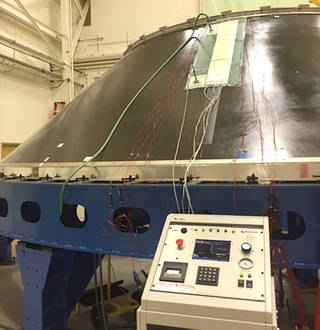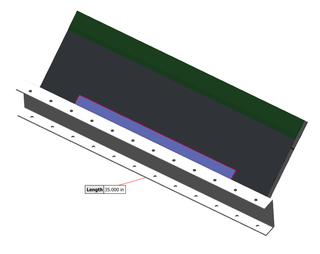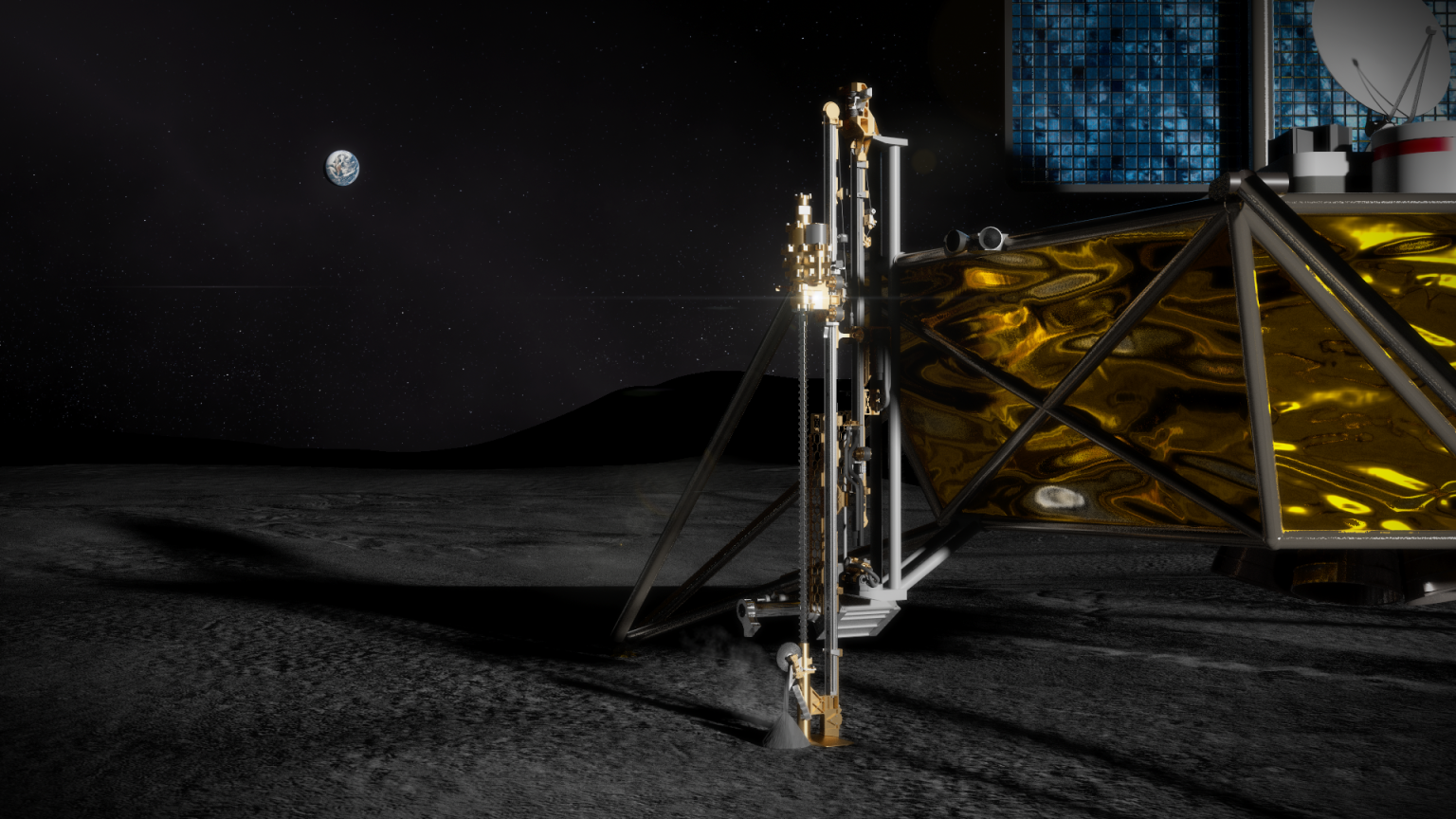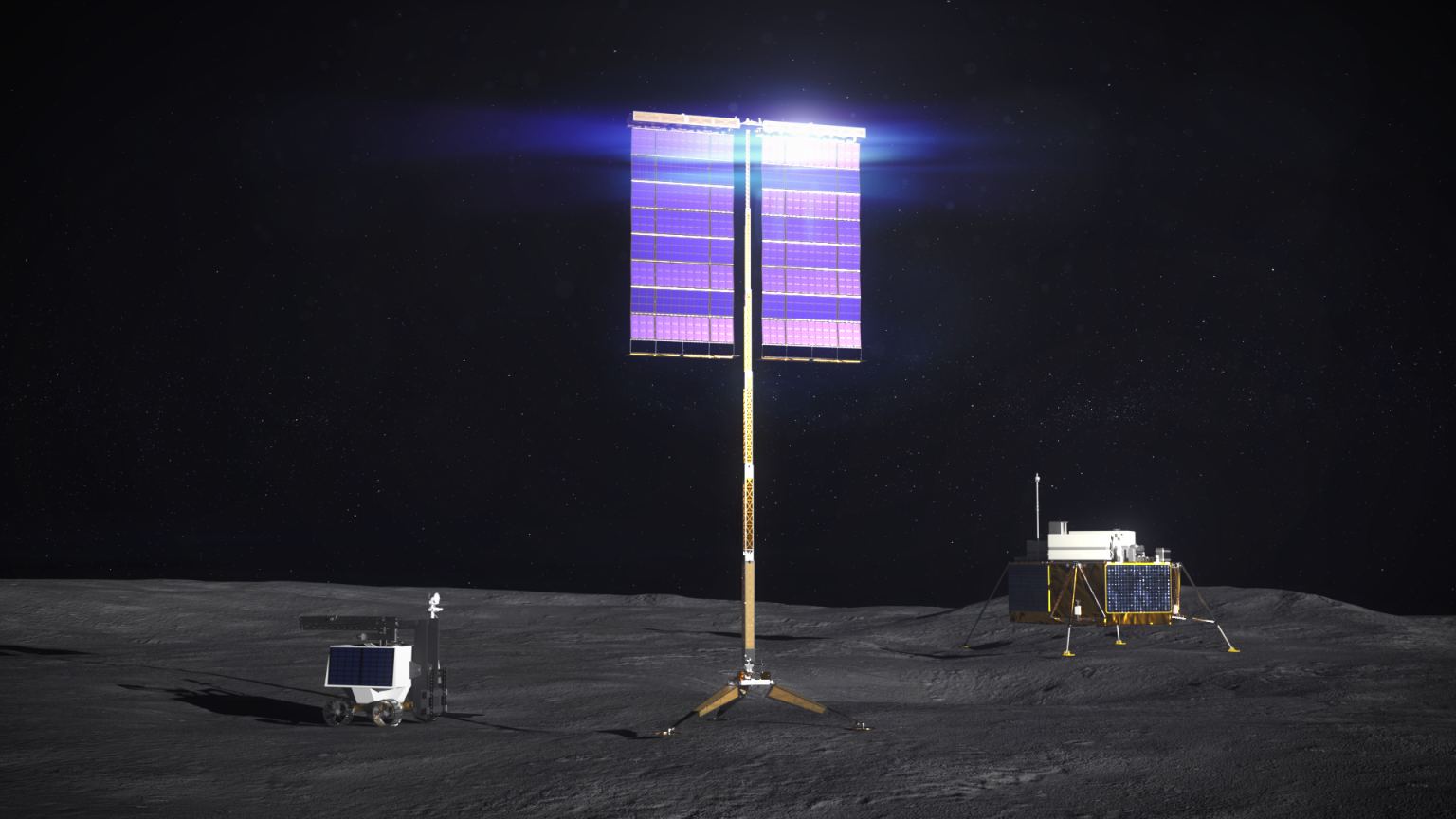Composite Technologies for Exploration (CTE)
The]is project will focus on developing thermoplastic composite joints for space structures by developing and maturing thermoplastic materials, design capabilities, analysis tools and techniques, and manufacturing processes.
Lead Center
Marshall Space Flight Center
Introduced
October 1, 2021
Principal Technologist
John Vickers
Project Manager
John Fikes
NASA’s Composite Technologies for Exploration (CTE) Project is advancing lightweight joints made of composite material to join large rocket structures together, such as those on the Space Launch System, or SLS — the deep space rocket that will power the agency’s next-generation human Moon missions.
Large composite panels for heavy-lift rockets like SLS are manufactured separately and then joined together. The current process for joining these types of panels and structures relies on metallic joints, which are both heavy and labor intensive. CTE’s composite joints bond composite sections together without the need for bolted metallic structures. When properly designed, composite structures and composite bonded joints have many potential benefits over traditional metallic structures, including lower mass, better fatigue resistance, lower part count, and reduced life-cycle cost.
The CTE team has designed, fabricated, and tested their light-weight longitudinal bonded joint concept for NASA’s SLS payload adapter, or the physical piece that connects the exploration upper stage (EUS) to the payload. Since then, CTE’s longitudinal bonded joints — vertical joints that hold two pieces of structure together such as sections of a barrel or pedals of a conical structure — have been selected by the SLS program to continue development in this area to help reduce weight and possibly manufacturing time of these pieces. The CTE project is also developing and testing a circumferential bonded joint that could be used to join two stage components around their circumference, such as the payload adapter and the EUS.
These joints are manufactured using a process called resin transfer molding. During this process, a dry 3D weave material is pumped with resin to wet the fibers and then heated and cured in an oven. The joint’s structural pieces are first infused with epoxy resin. Using special support equipment for alignment, engineers assemble a structural beam and acreage panel together with adhesive. The structural pieces and adhesive are cured with a heater blanket that bonds the three components together to create the final circumferential joint.
Though composite joints can ultimately save on weight and production costs, engineers typically have to overdesign the structural elements due to the difficulty in predicting how and when these joints will break. To address this issue, the CTE team is also developing improved analysis and modeling tools that can help better tailor the design process. The CTE team’s improved failure prediction tools will help improve the understanding of structural behavior in composite joints. This will ultimately reduce risk, improve confidence, and provide a more straightforward path to certifying these composite joints for use on future missions.
The CTE project is funded by the Game Changing Development Program and by the SLS Program, managed by NASA’s Marshall Space Flight Center. CTE, also managed by Marshall, works closely with the SLS Program to enable the infusion of lightweight composite technologies into future exploration missions. The project will continue testing the 3D weave circumferential joint through early 2021.
Partners:
Bally Ribbon Mills of Bally, Pa. is weaving the 3D carbon fiber preforms for the project that will be processed into composite circumferential rings by Cornerstone Research Group of Miamisburg, Ohio. These rings are part of the overall circumferential joint that the CTE Project is developing for the SLS program.
By Hillary Smith
NASA’s Game Changing Development Program



































